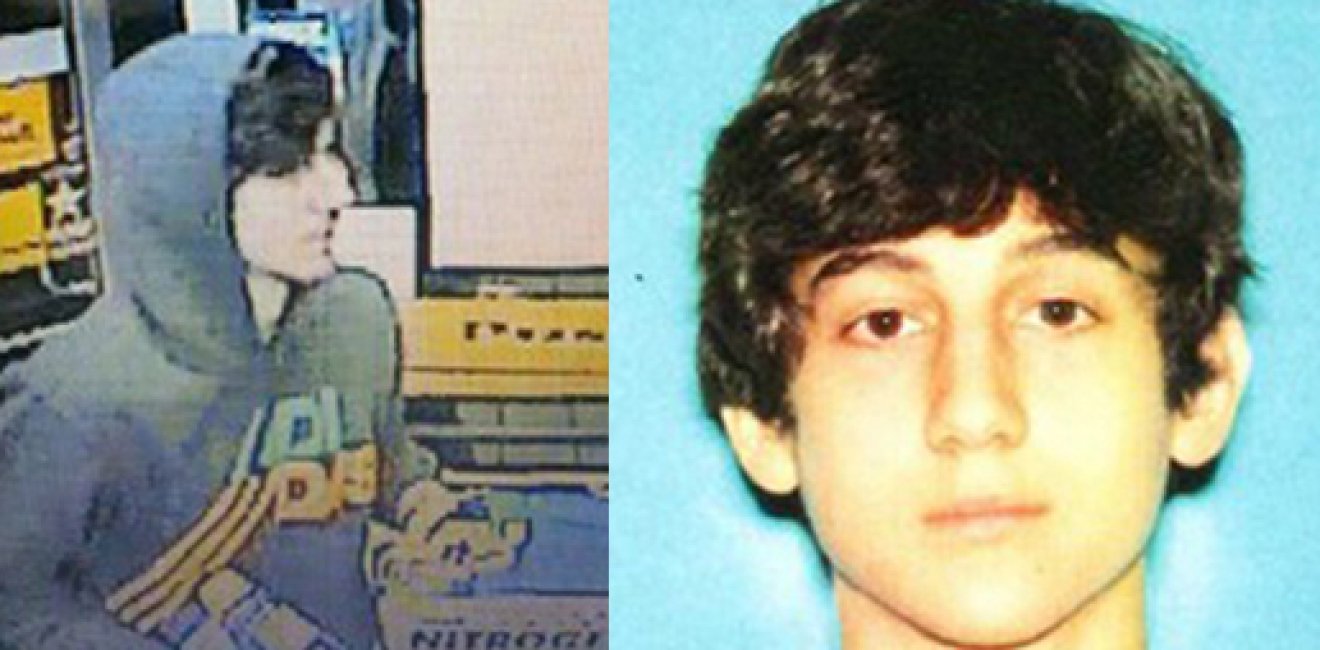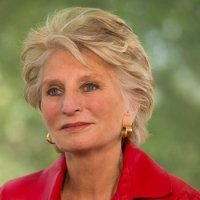Future Terrorists
We need to build bridges to those most vulnerable to radicalization, writes Jane Harman in The Los Angeles Times.
We need to build bridges to those most vulnerable to radicalization, writes Jane Harman in The Los Angeles Times.

What turns people into terrorists? That question might sound simplistic, but it's at the heart of the struggle to prevent terrorist attacks.
Take a look at some of the people who have tried to do us harm in the last few years.
Umar Farouk Abdulmutallab, son of a wealthy banker, grew up in Nairobi, attended boarding school and college, and lived in an expensive London neighborhood. Chat room posts show that he worried about his school test scores and about girls — and felt lonely. He traveled to Yemen between high school and college to study Arabic. His classmates at University College London described him as quiet, easy to overlook. He tried to detonate explosives hidden in his underwear while onboard Northwest Airlines Flight 253, Christmas Day, 2009.
Najibullah Zazi, born in Afghanistan in 1985, lived in Pakistan before moving to New York with his family when he was 14. Zazi attended a local mosque and dropped out of Flushing High School, and worked at the family's coffee-and-doughnut cart near Wall Street. In his early 20s, he traveled to Pakistan for an arranged marriage, fathered two children and traveled back to New York to work but wound up deeply in debt. Zazi tried to join the Taliban in 2008; Al Qaeda recruited him instead. In 2009, he headed to New York from Colorado with the makings of a bomb intended for the New York subway.
Tamerlan Tsarnaev was an angry young man who, according to the Boston Globe, told his mother he heard voices in his head. He never managed to achieve his own idea of the American dream, and instead turned to a radical form of Islam adopted by fighters in Dagestan, his homeland. In 2013, Tsarnaev and his brother were accused of bombing the Boston Marathon.
These sketches show that moving from radical beliefs (which are protected under the Constitution) to willingness to engage in violence is a highly individualized process. There is no one way to get there, no specific belief that causes someone to turn. It's also difficult to separate psychological issues from political motives. Add the Internet to the problem — a perfect vehicle for, among other things, stoking anger — and we've got a really big challenge.
The government has identified common "triggers," including economic and social patterns, and yet it is still nearly impossible to identify the troubled individuals who become violent.
So if there's no road map for clearly identifying individuals who will become violent, we need to employ the best tools we know of to counter radicalizing messages and to build bridges to the vulnerable.
Articulating the narrative about what the United States stands for is the first task, and so far, we seem to have had a hard time making the sale. But recent State Department efforts are promising. The Center for Strategic Counterterrorism Communications crafts Internet messages to counter extremism and to ask young people to turn away from terrorist groups. The best part of the program is that red tape has been cut: The team doesn't have to get approval for messages. They can react to extremist posts in real time using social media.
This sort of direct, across-boundaries interaction is crucial, but by itself, it's not going to win the "argument" with the next generation of terrorists. We need communities and local police to tell us when someone is starting to drift toward forms of behavior that are illegal. Communities are a form of human intervention to counter the recruiter on the other side.
In the United States, the issue of local law enforcement relations with the Muslim community is a sensitive one: In New York, the interface has led to allegations of profiling and unjustified surveillance. But done right, it can work. Los Angeles County Sheriff Lee Baca, for example, has used positive outreach through the local Muslim American Homeland Security Congress to increase cooperation between Muslims and law enforcement.
It's also crucially important in Minnesota, where there is a large population of Muslim Somalis. To counter the immigrants' fear of police, brought with them from Africa, St. Paul and Minneapolis officers host events like cookouts to build relationships and explain how the police function in those cities. These events build relationships and bridge cultural differences. St. Paul last year graduated its first Somali police officer — one of the community's own — from the academy.
We must make our case persuasively to others and isolate those who would cause us harm. Narratives can inspire people to do terrible things, or to push back against those extremist voices. Relying on the Internet alone to communicate a counter-narrative is insufficient: Many more strategies must be employed.


